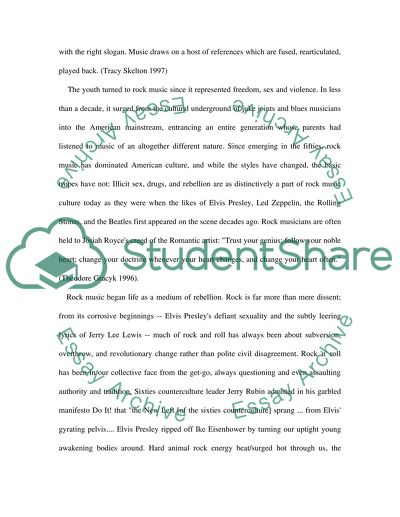Cite this document
(“Music and Youth Culture Essay Example | Topics and Well Written Essays - 1500 words”, n.d.)
Music and Youth Culture Essay Example | Topics and Well Written Essays - 1500 words. Retrieved from https://studentshare.org/sociology/1513776-music-and-youth-culture
Music and Youth Culture Essay Example | Topics and Well Written Essays - 1500 words. Retrieved from https://studentshare.org/sociology/1513776-music-and-youth-culture
(Music and Youth Culture Essay Example | Topics and Well Written Essays - 1500 Words)
Music and Youth Culture Essay Example | Topics and Well Written Essays - 1500 Words. https://studentshare.org/sociology/1513776-music-and-youth-culture.
Music and Youth Culture Essay Example | Topics and Well Written Essays - 1500 Words. https://studentshare.org/sociology/1513776-music-and-youth-culture.
“Music and Youth Culture Essay Example | Topics and Well Written Essays - 1500 Words”, n.d. https://studentshare.org/sociology/1513776-music-and-youth-culture.


